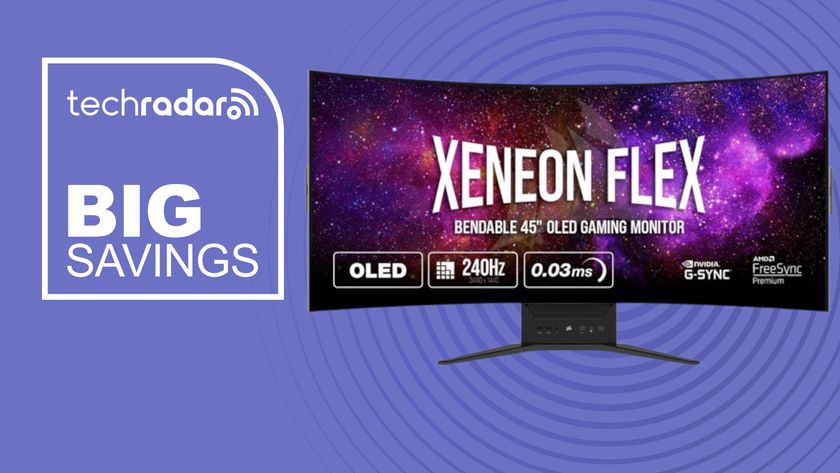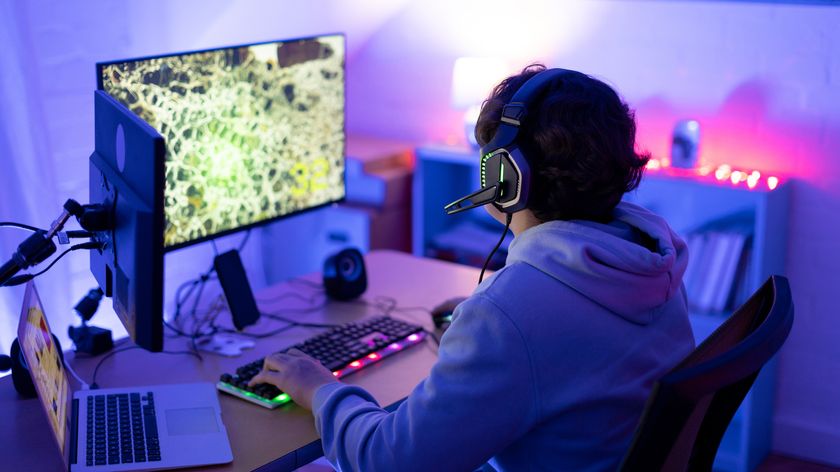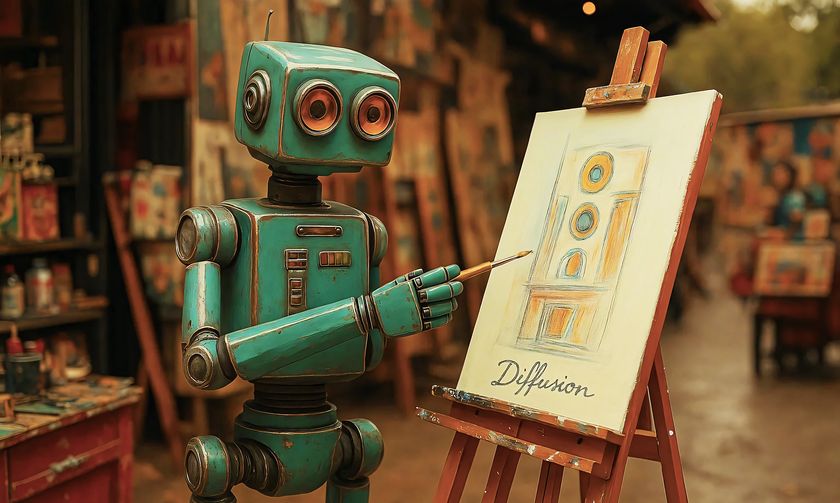How touchscreens are changing computing
From the iPad to Windows 8, touchscreen tech is key

Touchscreen enhancements
Windows 8 will make the most of the improvements in technology since Windows 7 was released. By eliminating the 20-pixel buffer zone around the edges of the screen, which was used in Windows 7 to compensate for screens that become less touch-sensitive at the edges, you'll be able to interact with the sides of the screen.
Multi-touch has also been improved. Windows 7 works with two-fingered gestures, but while Windows 8's own commands are two-fingered only, it supports up to five fingers in third party apps, allowing for a richer user interface.
Finally, typing is now a lot easier thanks to the inclusion of two virtual keyboards, one of which is aimed at those who type with just two fingers.
Versatile - and portable
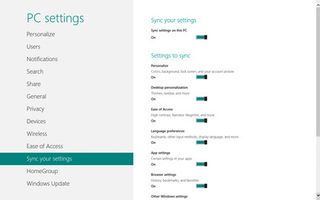
Despite its embrace of touchscreen technology, Windows 7 is clearly optimised for your PC. Windows 8 is designed to work across a wider range of devices, including tablets and smartphones. This means you'll be able to get the same experience across your devices, making them more intuitive and easier to use.
With this in mind, Microsoft has implemented a number of technologies to help you take your settings with you. By logging in using your Windows Live ID, you're able to synchronise settings like your desktop background, browser settings, sign-in information for specific services like Facebook and so on. This extends to your apps too - not only will purchases and downloads sync, you can even sync settings and the way the program is set up.
Get daily insight, inspiration and deals in your inbox
Sign up for breaking news, reviews, opinion, top tech deals, and more.
A new Start menu
Windows 8 opens at the newly designed Start menu, which is divided into two broad sections. You'll see the new Metro interface in all its colourful, high-contrast glory, optimised so it's visible on everything from your desktop PC to your smartphone.
The main part of the Start menu - your programs list - is displayed as a set of colourful tiles. Tap one to open the program, or swipe to the right to reveal more as the list grows beyond the confines of your screen.
Other parts of the old Start menu have been moved to the Charms bar, which is activated by swiping your finger left from the right-hand edge of the screen. You'll see a list of five options appear - Search, Share, Start, Devices and Settings, of which Settings provides you with access to the various Control Panels you've come to know and love.
Full-screen apps
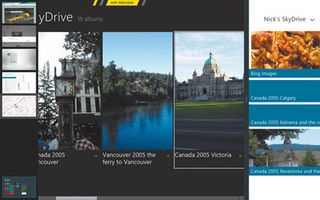
Applications designed for Windows 8 will run full-screen. Some apps are also capable of displaying key information in the tile itself - Weather will provide a visual description of the current conditions, for example – so you don't necessarily have to open it unless you want more detail.
Full-screen apps are clearly optimised for smaller displays such as tablets, but if you're running Windows 8 on a laptop or desktop you'll find some clever tricks to help you switch between open apps quickly and even to run two apps side-by-side by dragging the app bar to the left or right. A list of open windows can also be displayed on the left-hand side of the window, allowing you to switch, mix and match apps quickly.
Backwards compatible
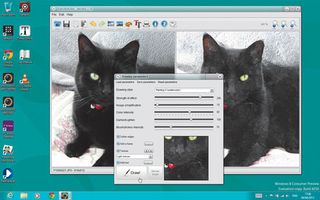
The changes in Windows 8 are quite radical, but what if you're unhappy at taking such a huge jump without a safety net? Relax, the old Windows desktop is still easily accessible from the new Start menu - once tapped, you'll see the familiar layout of Taskbar, desktop and icons.
Microsoft promises all Windows 7 apps will run on Windows 8 too, accessible through this familiar environment. The only thing missing is the traditional Start menu, but you can return to the new Start menu by pressing the [Windows] key at any time or dragging the mouse or your finger to the bottom left-hand corner of the screen.
You won't lose any touchscreen capabilities either - all the multi-touch gestures from Windows 7 are still there.
The future of touchscreens
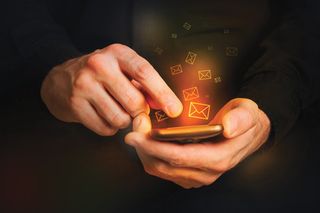
As things stand, multi-touch technology is definitely here to stay, with smartphones, tablets and Windows 7 PCs all proving capable and usable. The future promises some bold innovations, but first let's see how touchscreens will evolve for the release of Windows 8.
It's important to note that Microsoft has built in backwards compatibility to protect older Windows 7 multi-touch displays, but one major tweak it's developed for Windows 8 is support for five-fingered multi-touch gestures.
While Windows 8's own gestures will remain one- or two-fingered only, for backwards compatibility purposes, it's adding support for up to five-fingered gestures at the behest of third-party developers, allowing app makers to add extra commands with the help of multiple fingers. As a result, any multi-touch display built for Windows 8 will need to provide support for up to five fingers.
Another refinement planned for future generations is a reduction in the delay between your finger touching the screen and the display reacting. At the present time, there's a lag of around 100ms, which doesn't sound like much, but is visible (try drawing a line with your finger in Paint). It's a problem that Microsoft's Applied Sciences Group (ASG) has been investigating, and it recently previewed a video that highlights how reducing this delay will dramatically improve touchscreen experience.
Radical innovations
For a glance in the near future, TAT produced a video in 2010 showcasing all kinds of touchscreen interfaces it envisaged being in mass use by 2014 which is a somewhat optimistic view of what's coming. Some of the technologies showcased seem a little far-fetched, but others aren't.
Samsung has already announced production of 46-inch transparent screens, while the ASG recently demonstrated a transparent screen where the user manipulates objects via gestures performed in front of the display using a Kinect sensor, bypassing touch altogether.
Other emerging technologies are even closer to fruition. Haptic feedback is nothing new, but it's now being paired with touchscreens to provide a more tactile environment - a rumour suggesting the new iPad was getting haptic feedback came to nothing, but hints the tech is ready to enter the mainstream.
Future displays may also become more malleable - 3M has produced a concept video showing off its take on flexible, transparent touchscreen concepts, while university researchers in Canada have developed a 'paper computer', showing off the capabilities of a smartphone that's almost as bendable as paper itself, only without the permanent creasing.
